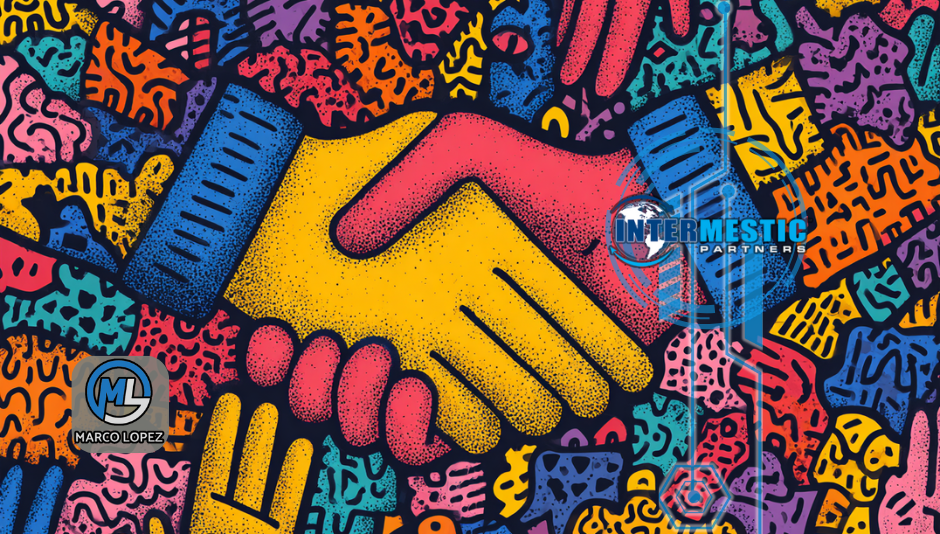Beyond Borders, Beyond Numbers: The Human Side of Cross-Border Growth
- Marco Lopez

- Jul 16, 2025
- 2 min read

As global markets become more interwoven, cross-border economic growth is accelerating—but often with one dimension missing from the conversation: people. While much attention is given to trade volumes, regulations, and capital flow, the human drivers and beneficiaries of this growth are rarely at the center.
As someone who’s served as a mayor of a U.S.-Mexico border city, led Arizona’s Department of Commerce, and directed operations at U.S. Customs and Border Protection, I’ve seen the real story behind economic numbers. Today, at Intermestic Partners—an international business advisory firm I founded in 2011—we help top companies navigate this complexity by focusing not just on data, but on human outcomes across borders.
What Is Cross-Border Economic Growth?
At its core, this concept refers to the expansion of economic opportunity through the movement of goods, services, people, and ideas across borders. From ancient trade caravans to today’s AI-powered logistics networks, collaboration beyond borders has always been a growth engine.
But there's more than policy and profit at play—there’s human capital.
The Human Factor: Growth’s Silent Force
Skilled labor drives innovation
Cultural bridges ease global expansion
Communities adapt and evolve to embrace opportunity
Silicon Valley—often seen as a symbol of U.S. innovation—is powered by foreign-born entrepreneurs and engineers. Over 55% of America’s billion-dollar startups have at least one immigrant founder.
Why It Matters
Cross-border growth improves:
Job creation
Access to education and healthcare
Local infrastructure through foreign investment
But it also brings challenges:
Cultural friction
Displacement or labor exploitation
Uneven access to opportunity
Fostering Human-Centric Growth
We need aligned action:
Governments should:
Create inclusive migration and trade policies
Enforce fair labor standards
Promote education and reskilling
Companies must:
Invest in local communities
Offer cross-cultural training
Prioritize long-term social impact, like Unilever has in its global sustainability strategy
Individuals can:
Commit to lifelong learning
Embrace multilingual, multicultural adaptability
Engage in civic and economic life in new communities
The Singapore Example
With limited natural resources, Singapore built an advanced economy by investing in talent, education, and openness. Its rise is a model for how human capital can drive national success—even without traditional advantages.
Final Thought
At Intermestic Partners, we believe that real economic progress happens not just across ports and borders, but through people. Trade deals and investments matter—but so do inclusion, skills, and the dignity of work.
Join the Movement
Let’s shape growth that uplifts not just economies, but communities. If you're a business leader, policymaker, or entrepreneur seeking cross-border strategies grounded in human impact, reach out to Intermestic Partners.
Because the future of global growth depends on who we include—not just what we trade.
.png)




Every encounter through a Escort Noida is designed to feel personal, exciting, and unforgettable. The escorts are refined, passionate, and ready to bring warmth into your evenings. Whether for business events or intimate moments, their companionship blends sophistication with sensuality, leaving you with experiences that are not only private but also remarkably fulfilling in every sense.
Select the Dwarka Escorts if you choose to have quality female company without frustrating or disappointing expectations. These women are willing, eager, and punctual. They will share an experience that exceeds all of your expectations, whether you'd like to engage in something leisurely or adventurous, nice or naughty. You'll wonder why you've waited to call us!
Rock the iconic Western edge with this Rip Wheeler Jacket that defines bold cowboy style. Discover more rugged gear at Rip Wheeler Outfit.